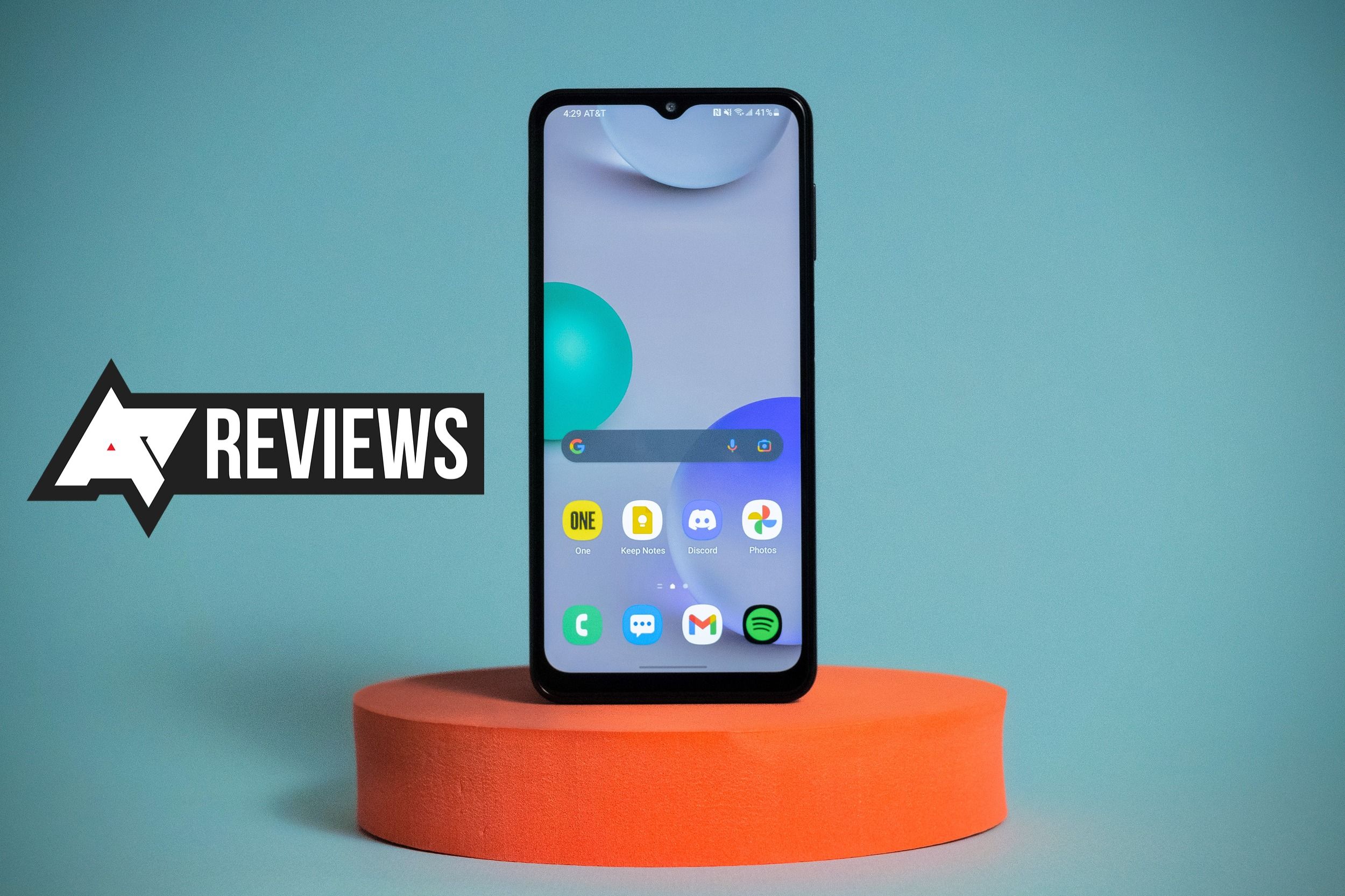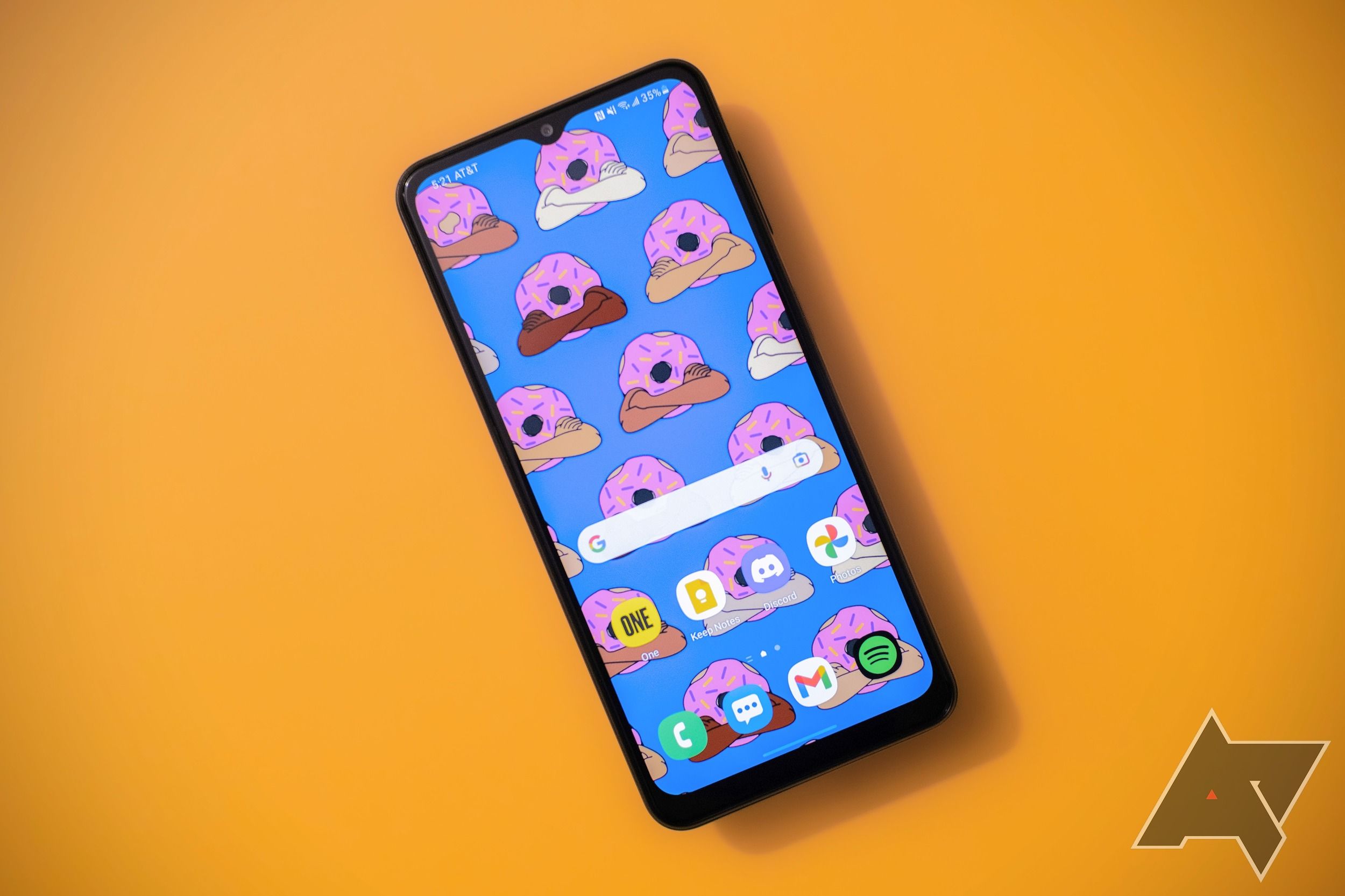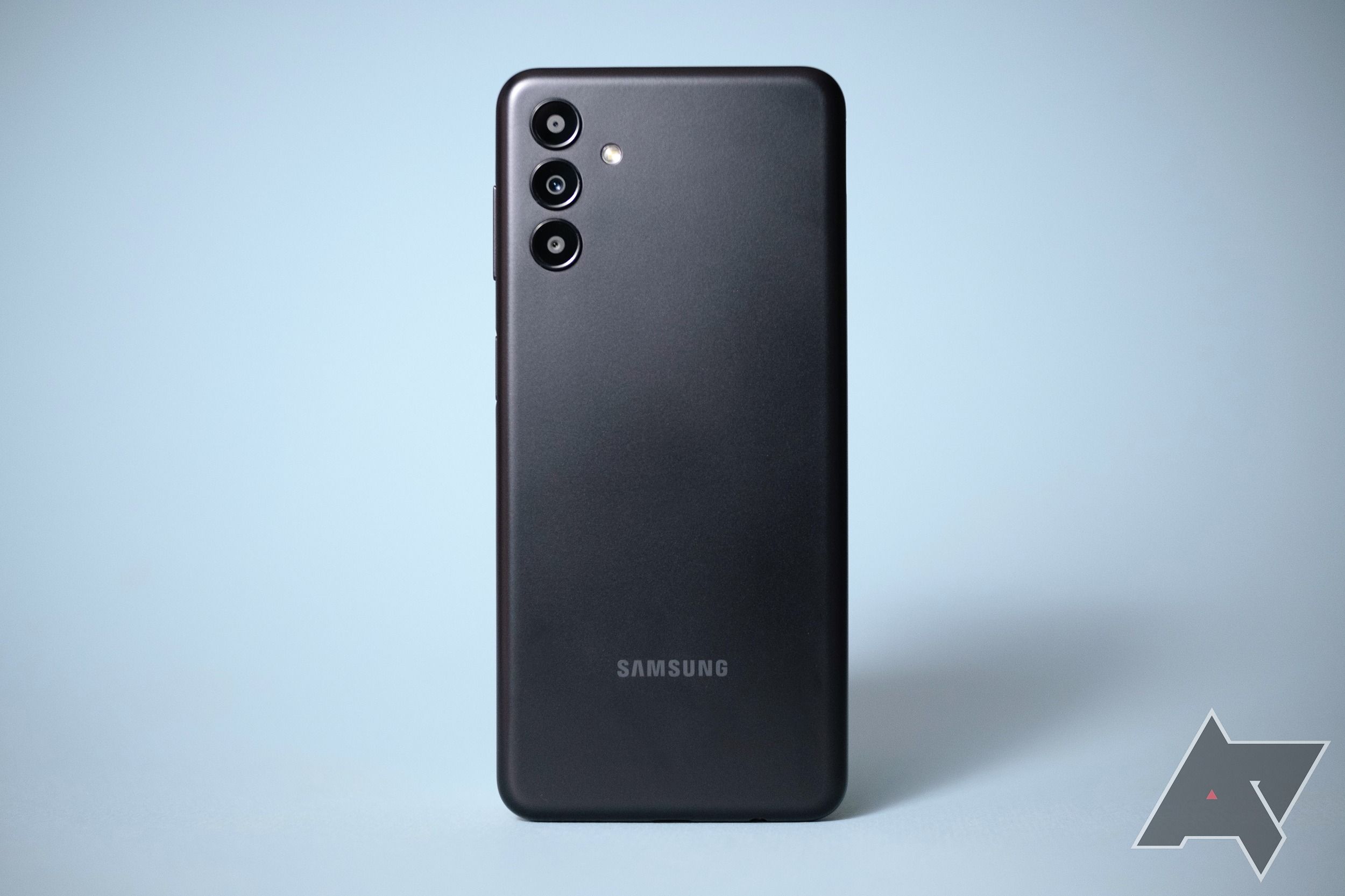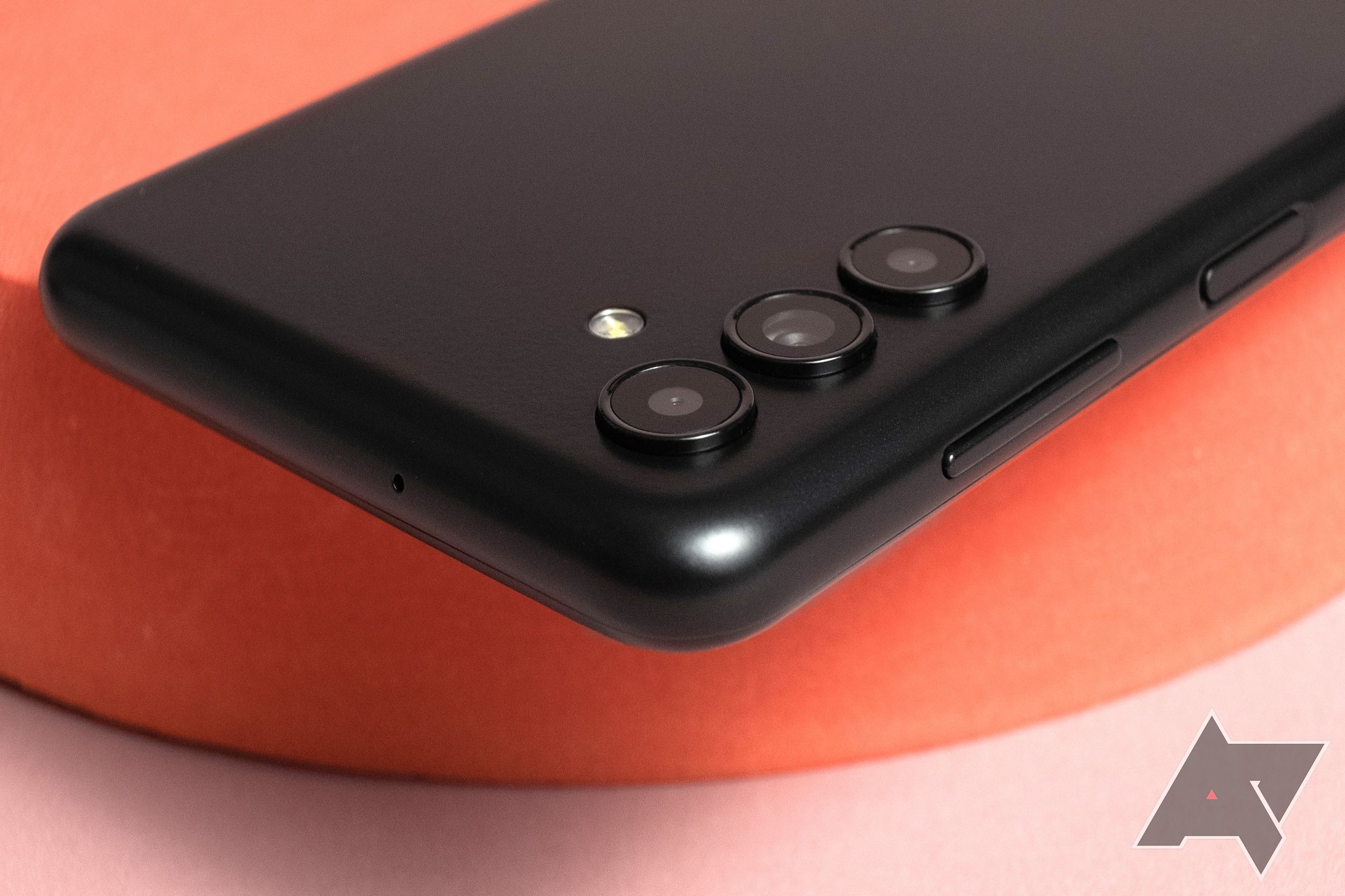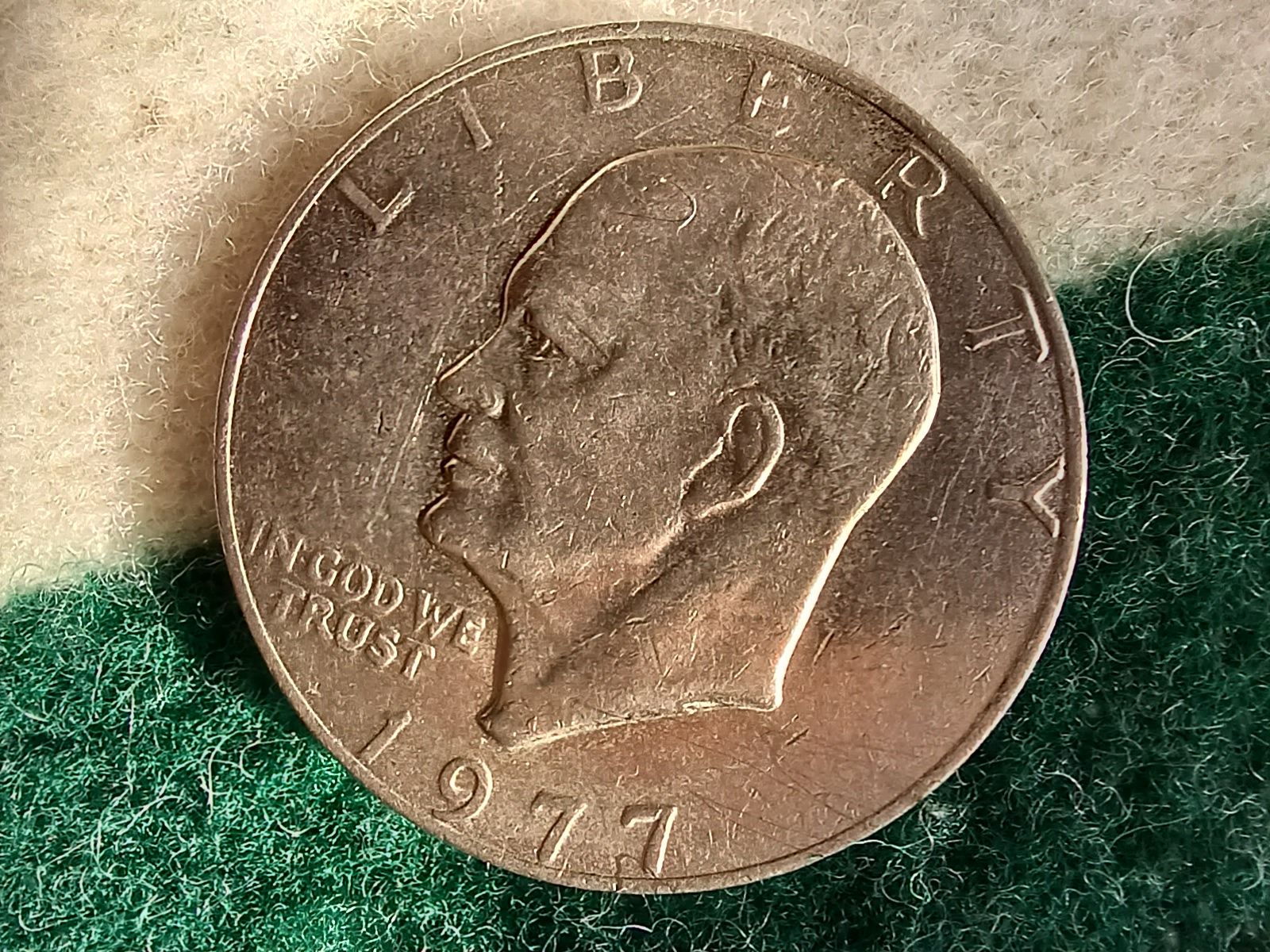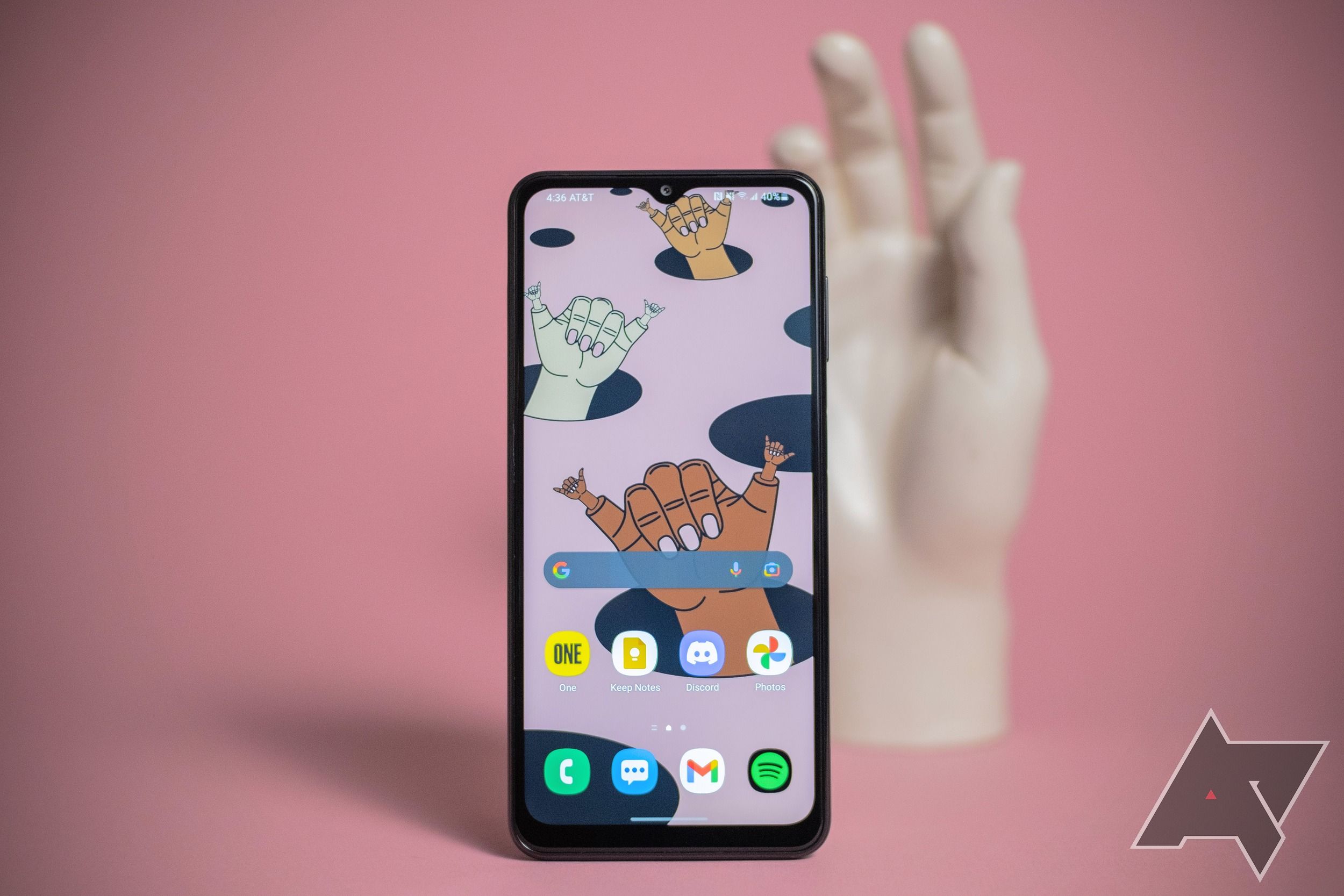Read update
- Better than you'd expect
Samsung's flagships can be pricey in the extreme, but the company makes tons of good phones that don't cost an arm and a leg. The Galaxy A13 5G is yet another: at just $250, it does everything you'd expect a smartphone to do, often better than you'd expect a budget smartphone to do it. If you don't want to drop extra cash on a more premium device, the A13 5G is definitely worth your consideration.
Samsung Galaxy A13 5G
With comparatively strong performance, ample battery life, decent cameras, and long update support, the Samsung Galaxy A13 5G is easy to like at 250 bucks.
- SoC: MediaTek Dimensity 700
- RAM: 4GB
- Storage: 64GB
- Battery: 5,000mAh
- Ports: USB-C
- Operating System: Android 13 and OneUI 3.1
- Front camera: 5MP f/2.0
- Rear camera: 50MP f/1.8 primary, 2MP f/2.4 macro, 2MP f/2.4 depth
- Connectivity: NFC
- Dimensions: 164.5 x 76.5 x 8.8mm
- Colors: Black, White
- Display type: LCD, 90Hz
- Weight: 195g
- Charge speed: 15W wired
- IP Rating: N/A
- Price: From $250
- Stylus: No
- Display dimensions: 6.5"
- Display resolution: 720 x 1600
- Charge options: Wired
- SIM support: Nano SIM
- Cellular connectivity: 5G, LTE
- Wi-Fi connectivity: Wi-Fi 5
- Bluetooth: Bluetooth 5.0
- Quicker than I'd expect a budget phone to be
- Long battery life
- Four years of security updates
- 90Hz refresh rate aside, display isn't very good
- Questionable build quality
- Two of its three rear cameras aren't useful
Design, hardware, what’s in the box
The A13’s design isn’t particularly refined — it looks more or less like what I’d expect if I asked someone to draw a generic Android phone. The front’s got thick-for-2022 bezels surrounding a 6.5-inch display, complete with teardrop notch and extra-thick chin.
I’m a little torn on the screen. It’s terrific Samsung managed to build a $250 phone with a 90Hz display, but as was the case with the latest Moto G Power, nothing else about that display is noteworthy. It’s a 720p LCD panel, which, given the price, I actually don’t mind here — but colors aren’t very vibrant, which gives the whole phone kind of a lifeless feel. As much as I like high-refresh rate screens, I think I’d have preferred a better quality 60Hz panel to the one that ended up in the A13. There also doesn’t seem to be any kind of oleophobic coating applied, so it collects a lot of fingerprints that aren’t easy to wipe off. I’ve noticed the seam between the screen and the phone’s body tends to trap more lint than on most phones, too.
The back is eggshell-finish black plastic with three cameras and the flash in the top-left corner, and a Samsung logo at the bottom. There’s a volume rocker and satisfyingly quick power button-mounted fingerprint sensor on the right edge; a combo SIM/microSD card tray on the left; and a USB-C port, downward-firing speaker, and 3.5-millimeter headphone jack on the bottom. That single speaker is the A13’s only one, and it doesn’t sound good. It gets loud enough, but it doesn’t produce much bass to speak of and has a harsh quality.
Overall, the A13 is not an especially well built piece of hardware. It’s plasticky, it flexes and creaks, and its low-quality screen is hard to keep clean. But the fact that it feels cheap is tempered by the fact that it actually is cheap; it’s not any worse than I’d expect at this price point.
There's no charger in the box.
The phone comes with some literature, a chintzy SIM ejector tool, and a USB-C-to-C cable. There’s no charger in the box. The trend of flagships shipping without chargers doesn’t bother me much, and I understand that at this price, bundling a charger actually may have made the phone more expensive. But people shopping for $250 phones probably aren’t drowning in spare chargers the way hobbyists who spend $900 on a new phone every year are. Samsung should have included one.
Software, performance, and battery life
You’re getting One UI 3.1 over Android 11 here, so there aren’t many surprises. It’s got all the normal Samsung tricks, including optional edge panels that add extra shortcuts and the ability to put apps in little windows for multitasking (you might not want to do that on a phone-sized 720p display, but you can).
More interesting than the software itself is the fact that Samsung is promising four years of security patches for the A13. That’s not unusual for Samsung in 2022, but it’s still heartening to see such a cheap phone getting decent support.
Running on a MediaTek Dimensity 700 chipset paired with four gigs of RAM, the A13 5G is a stronger performer than I expected. Flicking around home screens, opening and switching apps, and even playing some fairly intensive games like Call of Duty Mobile all went off without a hitch. You’ll still get the odd stutter or hang, and you’ll spend a little more time looking at app splash screens than you would with a more powerful device, but I think the user experience this hardware delivers is more than acceptable for a budget phone. It’s genuinely pretty good.
Battery life’s great, too. I’ve been a bit more of a homebody than usual during my time with the A13, but the phone managed to crank out about seven hours of mixed-use screen time across just over 48 hours between full charges. That time included web browsing, messaging, some light gaming, and multiple hours of watching YouTube videos over a 5G connection. You’d really have to try to kill this thing in a day.
Cameras
The Galaxy A13 has three rear cameras: a 50-megapixel primary accompanied by two two-megapixel shooters, one macro, one depth. The primary camera kicks out decent images in good light. Its 50 megapixels are binned down to 12.5, and if you zoom in, fine detail starts to look like a watercolor painting. Uncropped shots taken in adequate lighting look good enough for social media, though.
As you might imagine, the A13 struggles in dim lighting. There’s no dedicated low-light mode, and despite ISO climbing into the thousands in really dark settings, shutter speed is just too slow. In the last picture above, ISO was set to 5000 and shutter speed was a tenth of a second. You’re just not going to get sharp photos out of an unstabilized camera with such long exposures.
The two additional cameras might as well not be there at all. One’s a dedicated depth camera that allegedly assists with portrait mode, and the other is a fixed-focus macro shooter. Good macro cameras can be a lot of fun, but this is not one of them.
Shot on the Galaxy A13 5G's 2MP macro camera.
At two megapixels, photos from the A13’s macro camera are comparatively tiny: just 1,600 by 1,200 pixels. They’re also aggressively sharpened. They just aren’t good. It hardly hurts the phone to have features you won’t want to use, but it’s never a good look to add more cameras just for the sake of having a certain number. I’d much rather have a single, good camera.
Should you buy it?
Yes. I like this phone a lot more than I expected to. Performance is great for the price, battery life is really strong, and compared to other phones in this price range, its cameras aren’t bad at all (well, the primary one, anyway). It’s also getting longer update support than a lot of phones do, even more expensive ones like the Pixel 5a.
I do wish the display was a little nicer, and the build quality is mildly troubling — I wonder how it’ll stand up to rough use. But in light of how affordable the phone is, all the issues I have with it seem insignificant. If you want a brand-new phone for about 250 bucks, the Galaxy A13 5G is among your best options today.
Buy the Samsung Galaxy A13 5G:
UPDATE: 2022/03/01 08:00 EST BY TAYLOR KERNS
Better than you'd expect
In the time since I finished this review, I’ve had the opportunity to use the Samsung Galaxy S21 FE for a few weeks. Coming back to the A13, I’ve been floored at just how close the experience of using this $250 Samsung phone is to the experience of using one that costs nearly three times as much.
The FE is, of course, materially better in literally every way, but the differences aren’t as stark as you’d expect. The A13 very nearly keeps up with the Snapdragon 888-equipped S21 FE in performing basic tasks like opening apps; side by side, you can see the more expensive phone is usually a beat quicker, but we’re not talking huge differences. Some of my apps, like Spotify, actually open a touch faster on the A13. Direct comparison isn’t as kind to the A13 when it comes to things like display quality, multitasking, and camera performance, but my point stands: this is a very capable phone for how little it costs.
It’s also heartening to see that Samsung’s been making good on its update commitment so far: the A13 is still on Android 11, but it’s received its February security patch as expected. We’ve still got a few years to go in the A13’s promised lifespan, but given Samsung’s recent update track record, I don’t see much cause for concern here.
Samsung’s cheap phones are getting so good that, unless you’re really into having the best of the best tech, I think it’s reasonable to consider picking one up even if your budget has room for something pricier. The A13 is a great fit for anyone who just needs a decent phone at a low price — it’s better than just good enough in my book. At $250, that’s a real accomplishment.

